AP World Unit 3
“To take lads for the Janissaries”: Making Sense of the Devşirme
A discussion of teaching the Ottoman practice of the devşirme in world history classes.
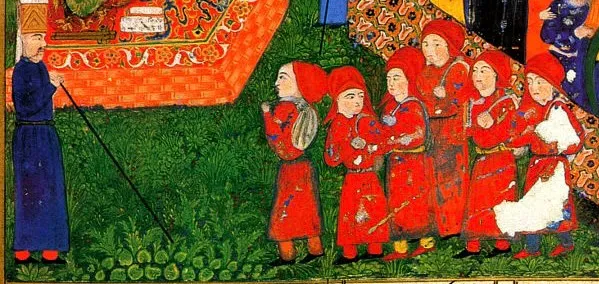
An Elephant in Belgrade: The Ottoman Empire as an Afroeurasian Empire in the Sixteenth Century
A discussion of teaching the Ottoman Empire in the sixteenth century as an Afroeurasia empire using an image from the Süleymanname.

“A Great and Important City”: Bursa and the Beginning of the Ottoman Empire
A discussion of the challenges of teaching the first century of Ottoman history in world history courses and how to use architectural evidence.
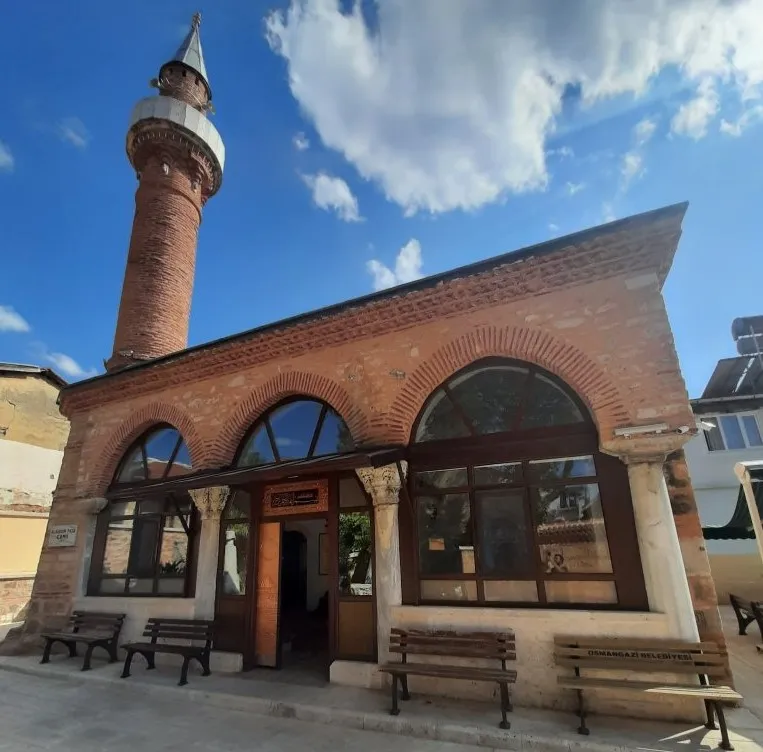
“Addicted to the Coffeehouse”: Snapshots from the Ottoman Empire
A discussion of the challenges of teaching the Ottomans in world history courses and how to use an Ottoman coffeehouse to teach about the empire

“At Last I Defended Myself”: 400 Years of Resistance to the Transatlantic Slave System
A discussion of how to center the resistance of enslaved Africans when teaching the transatlantic slave system in world history courses.
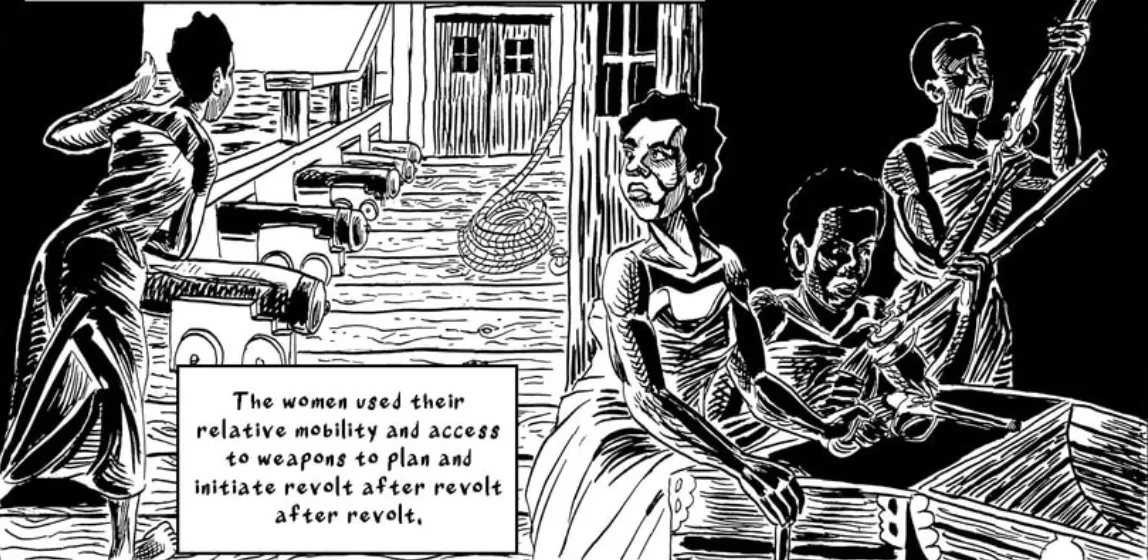
Stepping Out from Zheng He’s Shadow: World History, Ming China, and Greater East Asia in the Fifteenth Century
Most authors of world history textbooks and world history teachers seem to love the voyages of Zheng He. The treasure ships dwarfed all contemporary ships, the two main individuals (the Yongle Emperor and Admiral Zheng He) were larger than life characters, and there were African giraffes being mistaken for mythical
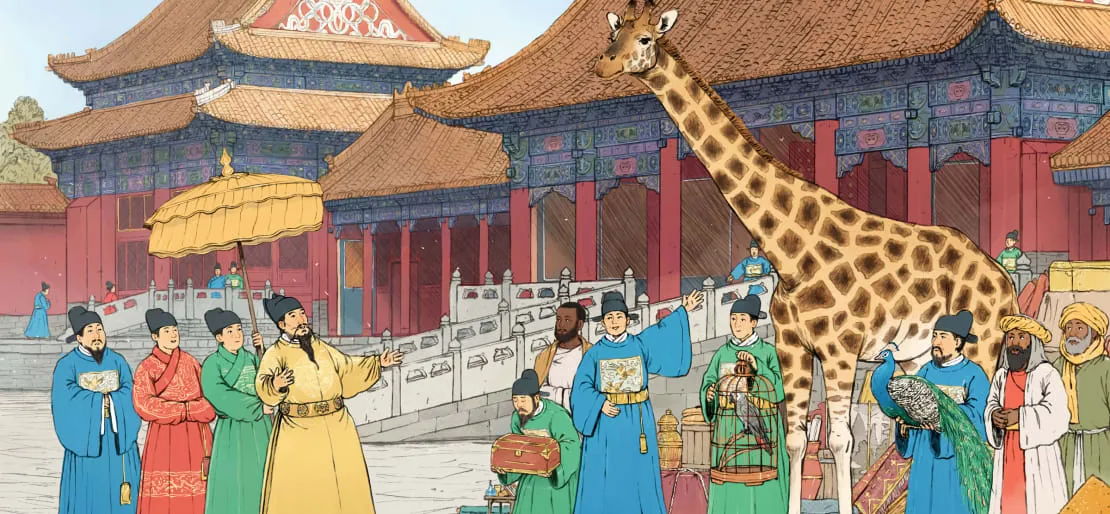
"People Who Have Interrupted Empire": African and Indigenous Resistance in the Sixteenth and Early Seventeenth Centuries
I’ve looked at more world history textbooks than I want to admit. One thing almost all of them have in common is some discussion of Portuguese maritime expansion along the western coast of Africa in the fifteenth century and the Spanish and Portuguese conquest of the Americas in the

What We Can Learn from a Pair of Skating Owls: Teaching the Little Ice Age and its Importance for Today
For a number of years, Donald Trump has been tweeting about the myth of climate change based on cold weather. Just this past week, he even sarcastically called for more global warming. While most people reading this essay will quickly dismiss Trump’s claims, it’s important to consider how

Two Views of Global Lisbon
In October of 2016, I was exploring the Navy Museum in Lisbon. For a country with such a rich maritime history, I was somewhat disappointed with the museum itself. But as I was wandering through the bookstore on my way out, I came across this incredible book by edited by
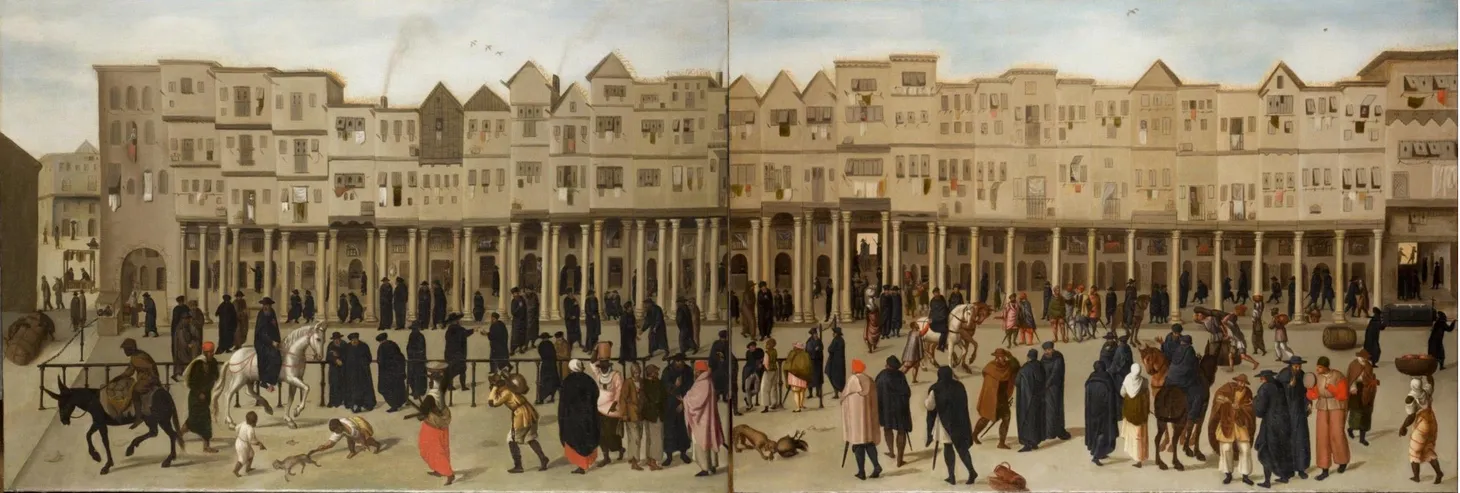
More than Four Turtles: Global Renaissances in the Fifteenth Century (Part II)
In the final part of the Harkness discussion on Day 3, we talk about the second part of my essay “Reimaging the Renaissance,” which focuses on events in Central Asia in the fifteenth century. Central Asia never seems to get the credit it deserves in world history classes. Besides the

